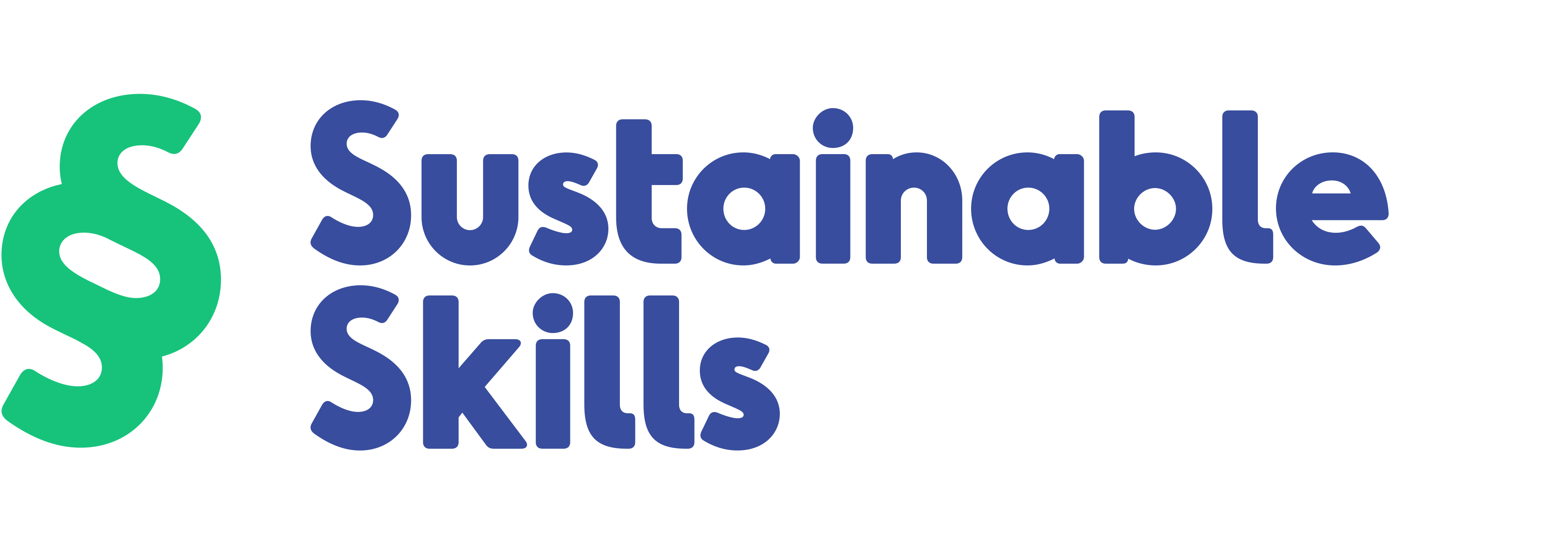International Women’s Day: Promoting equity and gender equality in TVET
According to the UN Secretary-General’s High-Level Panel on Women’s Economic Empowerment, increase women’s participation in the labour market and advance equality could boost global GDB by US$12 trillion by 2025, whereas at the moment only 50 per cent of working-age women are represented in the labour force globally, compared to 76 per cent of men. Achieving gender equality in the labour market is also one of the goals set by the UN 2030 Agenda for Sustainable Development (SDG 5), and it is considered a crucial factor to reach a sustainable development worldwide.
As a connection between industry and labour market, TVET has the potential to increase women’s participation in the labour market, by ensuring equal access to quality education, skills acquisition, and technical training, particularly in those occupations that are traditionally held by men.
Sustainable Skills experience developing equal vocational education systems and training programs
Over the years, Sustainable Skills has extensively worked on this topic developing plans able to incorporate principles of equity into vocational education systems and training programs. Sustainable Skills (formerly SkillsDMC) has been engaged between 2003 and 2016 by the Australian Government as the Industry Skills Council for the Resources and Infrastructure Industries (RII). For almost fifteen years, we have connected industry, government and training organisations to develop and maintain the RII Training Package, which specifies the skills and knowledge required for workers to perform safely and effectively in the civil infrastructure, coal mining, construction materials (quarrying), drilling and metalliferous mining industry sectors. These specifications create profiles of what a competent person looks like for the purposes of assessment, irrespective of their race, gender, religious beliefs, etc. They may specify how principles of equity can be incorporated into training programs or learning strategies and may be implemented by employers and training providers themselves. The skills competency recognition framework developed by Sustainable Skills aims to be gender inclusive to encourage participation from all genders.
While developing a qualification framework, we adopt a gender inclusive approach to the process of engagement and consultation with all stakeholders. Women are encouraged to actively participate and become part of the engagement and consultation process. Our activities focus on the design of programs that enable a diverse range of learners to achieve competency in the identified job roles, including women.
Our goal while developing a Training package is to promote gender balance approach, seek to provide equal employment opportunities, and encourage increased participation of women.
Female employment in the Resources and Infrastructure industries in Australia
We would like to share an overview of the current situation of female workforce in the Mining and Civil Engineering Construction industries in Australia, sectors where the majority of the workforce is traditionally constituted by males. These figures are taken by the 2016 Resources and Infrastructure Industry Workforce Analysis and Forecast that we have developed in 2016.
Since the early 1990s, the proportion of females in the workforce for both Mining and Civil Engineering Construction remained within the ranges of 8 and 17 per cent of total employment. In the 1990’s, the proportions fluctuated without a clear trend, however the onset of the mining boom in the early 2000s pushed the proportion of female workforce upward, reaching a peak of almost 16 per cent between November 2010 to May 2012. In fact, between 1993 and 2015, the pace of growth in female employment increased rapidly (almost by a factor of four) compared to male employment (an increase by a factor of 2.5). However, in 2015, a weaker commodity market resulted in a 15 per cent decline in total employment in Mining compared to the previous year, the first fall in employment since 2000. As a proportion, females employed fell slightly more than the males within the Mining industry with female employment declining 18 per cent and male employment declining 15 per cent against 2014.
Within the Heavy and Civil Engineering Construction industry, the proportion of females to the total workforce has continued to remain within historical ranges. Females have averaged around 11 per cent of total employment over the past two decades although percentage changes from year to year for female workers have fluctuated more than that of the male counterparts. As at November 2015, the number of females employed in Heavy and Civil Engineering Construction totalled around 8,800 – representing 14 per cent of total employment. As a proportion of the total, female employment within Oil and Gas Extraction has remained above 15 per cent in most years since 2002, peaking in 2005 and 2013 at more than one-fifth of the total. In 2015, when the workforce employed within the Oil and Gas Extraction industry remained largely unchanged, the female workforce increased by 14 per cent from the previous period, compared to a 2 per cent decline in the male workforce. Nonetheless, female employees within Mining and the Heavy and Civil Engineering Construction industries remain below that of Australia as a whole. The Resources and Infrastructure Industry has strong levels of female participation in part time employment however, they are considerably below the national level for full time employment. From the previous year’s report, part time female employment also fell in the Mining industry from 58 per cent to 44 per cent.
